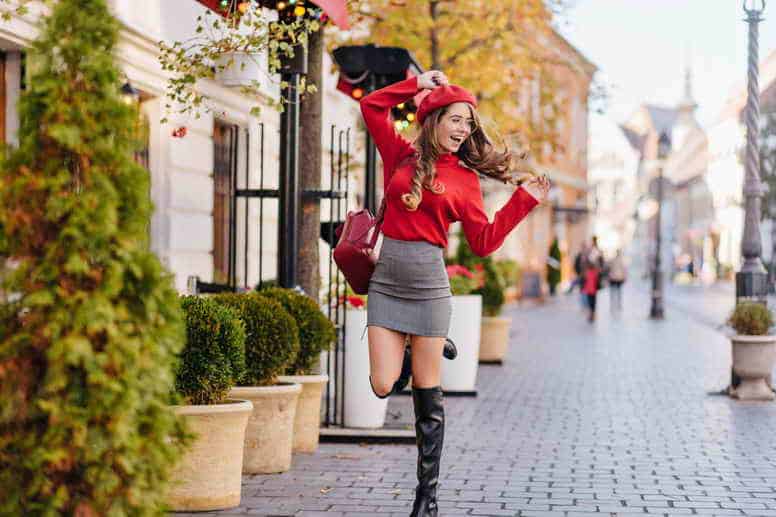Many people erroneously believe there is only one type of all-encompassing photography: point and click. This couldn’t be further from the truth. Photography is as diverse as any medium of art. Furthermore, similar to law or medicine, there are numerous specialties, including nature, real estate, fine art, and abstract photography. Here are 14 types of photography to explore.
No. 1: Nature Photography
This beautiful form of photography ranges from flora and fauna to landscapes, rivers, lakes, ponds, and everything in between, relying heavily on aesthetics. Although nature photography is naturally color-intensive, black and white photography is also utilized (think Ansel Adams). According to MasterClass, nature photography “encapsulates anything that shows elements of the natural world in situ,” or in the original place.
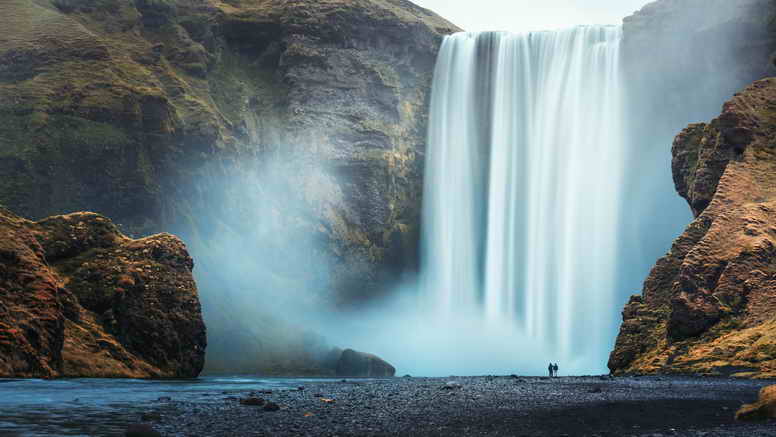
Nature photography, however, poses a plethora of challenges, due in no small part to the array of subjects and their movement. Choosing the right lens is especially crucial with nature photography. Your best bet is to use a lens with a long focal length, such as a zoom lens with a wide aperture.
Pay attention to the light because you’re shooting outside. The light is perhaps the most crucial factor in nature photography. Try to take photos during the “golden hours,” which means just before sunrise or just after sunset, as this can give your photos a dreamy look.
No. 2: Wildlife Photography
Photographing wildlife requires shooting from a distance. You will also want to occasionally produce sharp images of your subject against a slightly blurred background to make the photo burst. The trend for wildlife photography is Digital Single Lens Reflex (DSLR) cameras, which are great for shooting wildlife because of large image sensors and interchangeable lenses. They also allow you to take professional-looking photos.
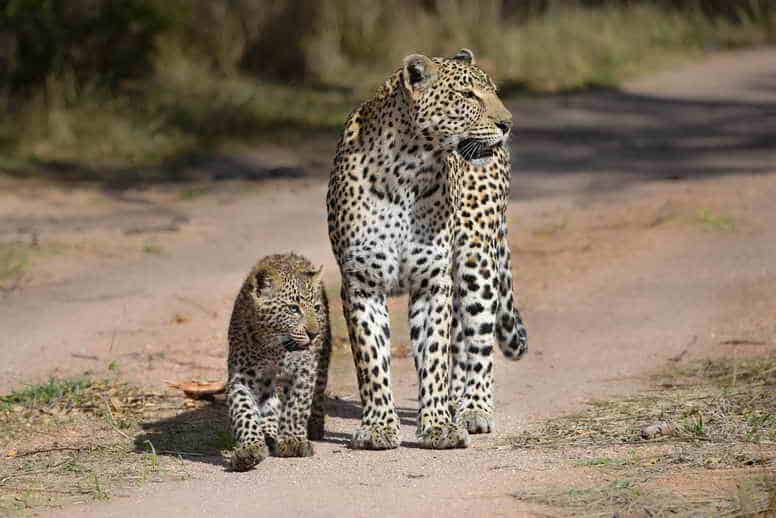
However, DSLR cameras are typically heavier than other cameras, as well as pricey. Contrary to popular belief, point-and-shoot cameras, which have come a long way in recent years, are also a viable option for wildlife photography. They are lightweight and budget-conscious. Some even have impressive zoom lenses and megapixel sensors. Cons include incapability of capturing wide-angle shots and shooting in the dark.
Keep your distance. If photographing wildlife, it’s best not to get too close, lest you spook the animal or, worse, pose a threat and get charged. Practice patience. You will most likely not just stumble upon a lioness feeding her cubs or a majestic eagle in flight. When it comes to nature photography, you will have to exercise patience for perfect photos.
No. 3: Landscape Photography
Creating a sense of depth is crucial in landscape photography. Unlike shooting wildlife, when photographing landscapes sans animals, you want to present depth by having all the elements in the shot in focus, which is achieved by using a small aperture. You should use a wide-angle lens. Again, for landscapes, you want to create a sense of wide-open space. Wide-angle lenses also have the advantage of a larger depth of field.
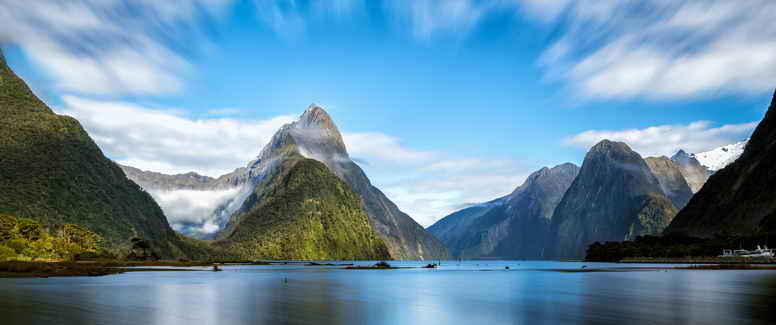
You should also use a tripod. This piece of equipment can be just as important as your camera and lens because a tripod enables you to take long-exposure shots. Furthermore, familiarize yourself with your camera’s settings. You don’t want to try and figure this out on the spot, as you could miss that once-in-a-lifetime shot.
No. 4: Real Estate Photography
These days, advertising a home for sale online is just as important as live showings. If a home seller goes the online route, their photos better pop, or the virtual viewer will navigate to the next house for sale that has eye-catching photographs, which is why sellers need the help of real estate photographers. In fact, according to Zillow, almost 80 percent of homebuyers shop online to find houses.
Quality real estate photos are also essential for glossy brochures. These factors combined mean there’s a demand for photographers who can take outstanding real estate photos.

DSLR cameras are the industry standard for real estate photography. However, mirrorless cameras are becoming more de rigueur, as they are more compact and offer more flexibility if shooting more than one property in the day. They also have faster shutter speeds than DSLR cameras.
In this field, aim to capture curb appeal. The outside of the house is usually the first thing a prospective buyer sees. You’ll also want to declutter the house before shooting, as people want to see how they will live in the house, not how the soon-to-be previous owner has lived in it. Also, get to know the property before you photograph it. Pinpointing all the unique aspects of the home in your photographs will bring in prospective buyers.
Finally, use a wide-angle lens, because they are ideal for photographing tight spaces and can make rooms look more spacious.
No. 5: Fine Art Photography
The purpose of this genre is to express an idea, message, or emotion. Fine art photography is a challenging medium, as the photographer is expected to go beyond the literal representation of a subject. To be successful at fine art photography, imagination is paramount. Fine art photographers have free reign to be creative, expressive, and thought-provoking to bring their vision to life.
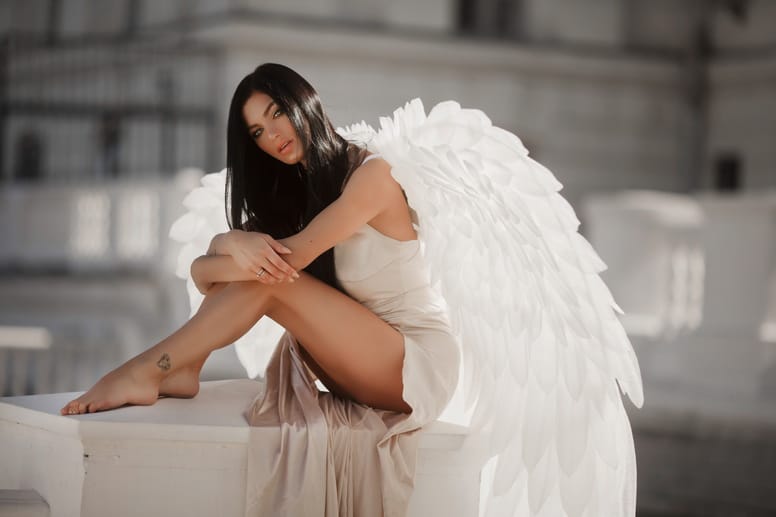
According to Fine Art America, fine art photography can be a “mirror of one’s inner self or a fantastic break from reality.” Because fine art photography is so loosely defined, almost any camera can do the job, including the one on your cell phone. But if you’re looking to take your creativity to the highest level, a top-of-the-line camera should be in your arsenal.
To stand out from the pack of fine art photographers, don’t be afraid to be extra creative and test the limits, which will allow you to be genuinely unique. Dare to show your emotions and what you want to convey. However, do not make the mistake of only shooting in black and white. You can be artistic in color as well. There is a call for black and white in fine art photography, but you don’t want to be cliche and use it exclusively.
No. 6: Abstract Photography
Abstract photography can be hard to define. Essentially, it is taking a subject and making the viewer look at it alternately. Abstract photography allows the photographer to experiment with different techniques like no other genre, such as shutter speed, lighting, and depth of field. It also enables you to explore intentional camera movement (ICM), which, although fun, can be hard to master.
According to Abstracted Reality, abstract photographs “take us out of our comfort zone, make us question what we see, or invite us to enter another realm.” To help viewers see images differently, play around with ICM. With ICM, movement is recorded while the shutter is open, which produces quite abstract images. The best results usually come from using a camera with manual controls so you can change the aperture and shutter speed.
You should also experiment with different focal lengths, moving your camera around in a circular motion and tilting your camera up and down while the shutter is open. Watch a tutorial about the ICM process in the video below.
You’re not going to start off in abstract photography and immediately become another Wolfgang Tillmans or Aaron Siskind. Find your feet first by shooting ordinary objects, such as a lamp or kitchen table, and photographing them in new and unique ways. Like other types of photography, experimentation is key, and abstract photography lends itself to experimentation. Sometimes the most seemingly crazy ideas turn out to be groundbreaking.
No. 7: Black and White Photography
This form of photography is a specialty with a long list of masters. Some photographers choose to work exclusively in black and white, whether it be nature, fine art, abstract, landscape, portrait, food, product, street, wedding, still life, or aerial photography. However, real estate photography should probably never be done solely in black and white.
Black and white photography is about telling a story and expressing emotion. It’s the oldest and most venerated genre in photography and still going strong.
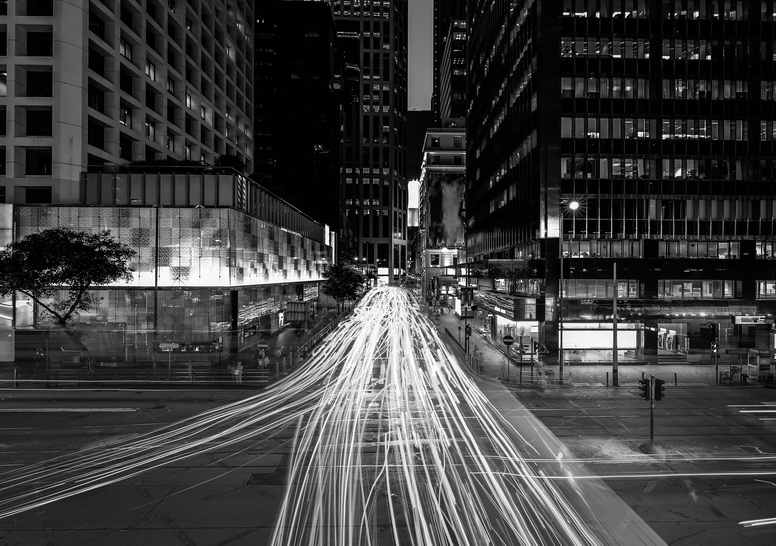
No matter what type of photography you choose, you can apply the tips above if shooting in black and white, except, of course, adding color. If you love this timeless medium, invest in a quality monochrome camera, DSLR, or mirrorless, and go out and make history with your photos.
No. 8: Aerial Photography
Aerial photography is one of the most exciting forms of photography. These lofty photos can be taken from a helicopter, fixed-wing aircraft, balloon, blimp, or even a kite. Aerial photography is typically used for archaeology, cartography, environmental purposes, advertising, and much more.
To capture quality aerial images, you should use a fast shutter speed, as the longer the focal length, the faster you will have to shoot. You should also use a telephoto zoom lens.

Before you take off, however, check the weather, plan a route with the pilot, and always know what you want to shoot beforehand and where to find it. When shooting high above the Earth, a DSLR camera is the best choice. Subject matter in aerial photography is endless and can include landmarks, ancient ruins, landscape patterns, glaciers, lakes, mountain peaks, deserts, forests, cities, etc.
No. 9: Street Photography
There are few forms of photography as gritty, visceral, poignant, and candid as street photography. What better way to capture the true essence of life, the bad, the good, the beautiful, the ugly? In street photography, a picture of urban kids playing in the water of a fire hydrant can be just as evocative as the profane, surreal, and downright dangerous.
Street photography is a record of everyday life that is anything but mundane. According to Digital Photography School, a great street photograph is “one that makes a person think or one that brings us a specific feeling, story, or idea.”
numerous street photographers rely heavily on black and white images, but color can also get the message across. Because street photography can often be clandestine, a small and unobtrusive camera is recommended. It should also be fast and responsive. Keep in mind that you will frequently be shooting from the hip.
No. 10: Still Life Photography
Still life photography is all about the inanimate. However, still life photography can be quite challenging, as the photographer has to shoot ordinary objects but make them appear attractive. Conversely, this genre is great for experimenting with various arrangements, lighting, and compositions.
A few words of advice, though, don’t photograph a bowl of fruit, because that has been done to death. Instead, try photographing obscure types of food, art materials, or a vintage camera, and play around with the composition.

This type of photography can require a lot of gear, and a tripod is a must. Fortunately, to take good still-life photos, you can use just about any type of camera. The key is to have a camera with a plethora of megapixels.
No. 11: Wedding Photography
People never stop getting married, so the need for wedding photographers is perpetual. Wedding photography entails photographing the ceremony, the bride and groom, the wedding party, the reception, and the guests. The photographs, like the marriage, are expected to last a lifetime.
Portraiture is imperative when it comes to wedding photography, as is capturing the joy of the day. If planning on becoming a wedding photographer, you best be experienced, as you will only get one chance to shoot a wedding right.
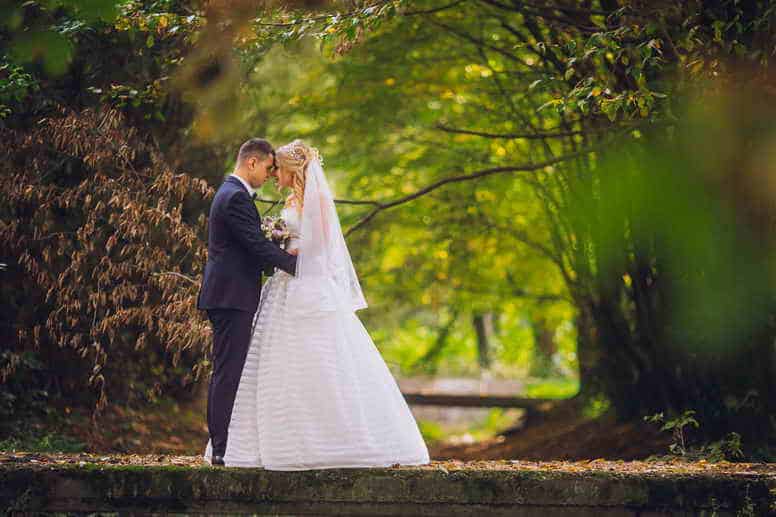
One of the first things you should do if photographing a wedding is to make a photo list. This means asking the couple what they want to capture at the wedding and creating a list to check off during the event. You should also scout the location before the wedding, not be too obtrusive when shooting, and not forget to photograph the smaller details, such as the rings, flowers, table settings, and other finer elements.
No. 12: Portrait Photography
Portrait photography requires the photographer to capture the personality of an individual or a group of people. Portrait photography goes well beyond just sitting someone down and taking their picture. You will need to use the right camera settings, angles, lighting, and backdrop to create a stirring picture that catches the eye of the viewer.
When it comes to portrait photography, the background can be just as important as the subject. Your background should not be too distracting, lest you draw attention away from the person you’re photographing. Keep the background neutral, but not boring. It is also important to make your subject relaxed. If they feel uncomfortable, it will show in the picture.

Don’t be afraid to get close, as one of the biggest mistakes made by photographers, according to National Geographic, is “they are not physically close enough to their subjects.”
No. 13: Food Photography
Although not as glamorous as other types of photography, food photography can be just as rewarding and artistic. Food photography is about creating eye-popping still-life images that make the mouth water. Photographs of food are usually used in cookbooks, online recipes, ads, packaging, menus, and more.
It may seem simple, but food photography is one of the most challenging forms of photography. Every piece of food photographed needs to be placed properly and pop, which means choosing the right angles, taking into consideration the size and shape of the food you’re shooting and what makes it unique. Another bright spot: you might get to, or have to, eat the food you’re shooting when finished.
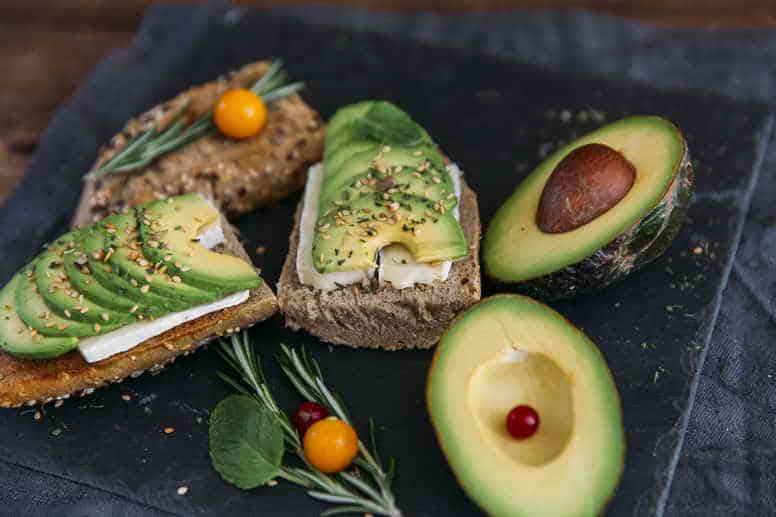
Some useful tips for photographing food include filling the frame; as close-ups can appear more tantalizing; utilizing both the foreground and background for depth; and, don’t forget, backlighting the food you’re photographing.
No. 14: Product Photography
Naturally, the product photography is one of the most commercial types of photography. It is also crucial when it comes to advertising, so product photographers are always in demand. Product photography is used for both online and print advertising, brochures, catalogs, magazines, and billboards.
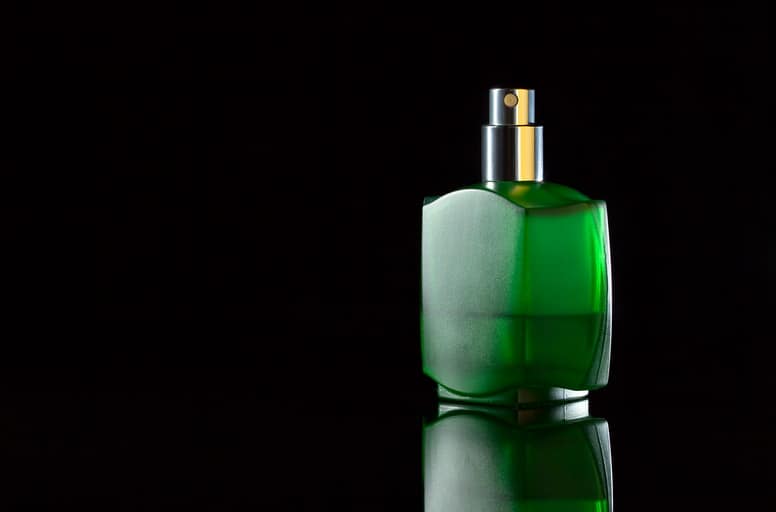
Similar to portrait and food photography, proper lighting is important because you want the product you’re shooting to look exactly like it does in person. Furthermore, a tripod is an essential piece of equipment in product photography, as they help eliminate blur.
The background is also important in product photography, for the same aforementioned reasons in other types of photography. You should try to add props to a product image but always refrain from adding too many props because you don’t want to draw attention away from the product. Finally, take a lot of shots from different angles, which will show the viewer what the product looks like all around.
Final Thoughts on Photography Types
Whether you choose to specialize in nature, wildlife, portrait, product, abstract, or any of the aforementioned types of photography, ensure you have the right camera and lens before getting started. Also keep an open mind, however; equipment isn’t the only requirement for capturing amazing photographs.
Achieving the perfect snapshot requires a delicate blend of passion, patience, persistence, and inspiration. The good news is, you can pursue any genre of photography with those elements in place.

